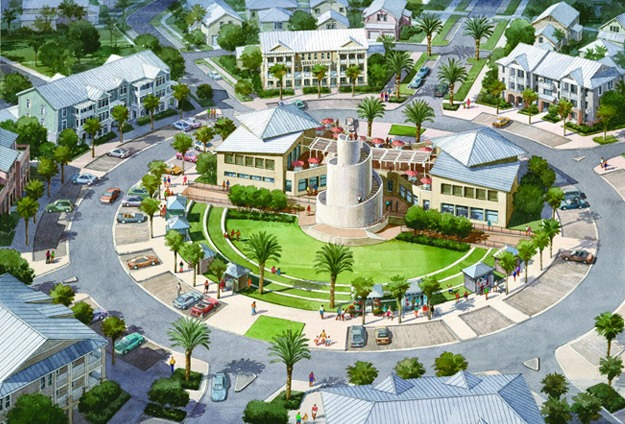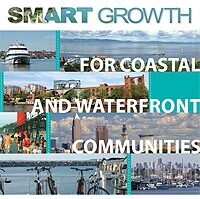New urban developments and an influx of out-of-state buyers are transforming the Texas Coast
New urbanism is a movement in urban planning and design that seeks to create more livable, walkable, and sustainable communities. It is based on the idea that traditional patterns of development, which often rely on automobiles and suburban sprawl, are not sustainable and do not promote a high quality of life.
- New urbanist communities are designed to be more compact and mixed-use, with a mix of residential, commercial, and cultural uses near each other. They often feature pedestrian-friendly streets, public spaces, and a variety of transportation options, including public transit, biking, and walking.
- New urbanist communities are intended to be more livable, with a sense of community and social interaction among residents. They often have a higher density of housing, with a mix of single-family homes, apartments, and townhomes, which can make them more affordable and accessible to a wider range of people.
- New urbanist communities are also designed to be more environmentally friendly, with a focus on sustainable design and green infrastructure. This can include features such as green roofs, rain gardens, and permeable pavement, which help to reduce the impact of development on the natural environment.
New urbanism is intended to create more vibrant, livable, and sustainable communities that offer a high quality of life to residents.
New urbanism on the Texas coast is a phenomenally successful new neighborhood development concept more typically seen in Florida and California, but now being implemented in all the Texas coastal real estate markets.
See New Urbanism Projects on the Texas Coast
New urbanismThis new way of living combined with the increasing number of second home buyers coming from all over the world is making the coast into a “Texas riviera”. These contain housing, workplaces, shops, entertainment, parks, and civic facilities essential to the daily lives of the residents, all within easy walking distance of each other. Urban living is rapidly becoming the new hip and modern way to live for people of all ages. New urbanism is the most important planning movement this century and is about creating a better future for us all. It is an international movement to reform the design of the built environment and is about raising our quality of life and standard of living by creating better places to live. The heart of new urbanism is in the design of neighborhoods which can be defined by thirteen elements:
|
Principals of Smart Coastal Growth
Smart growth is defined by ten principles.
|






Leave a Reply
You must Register or Login to post a comment.
Become a registered member, it is fast, fun, and free! Gain access to sales analysis, conversations, and much more! Texas state law requires membership before we can share sales information or talk about subjects relevant to ownership. See our membership page for more details.